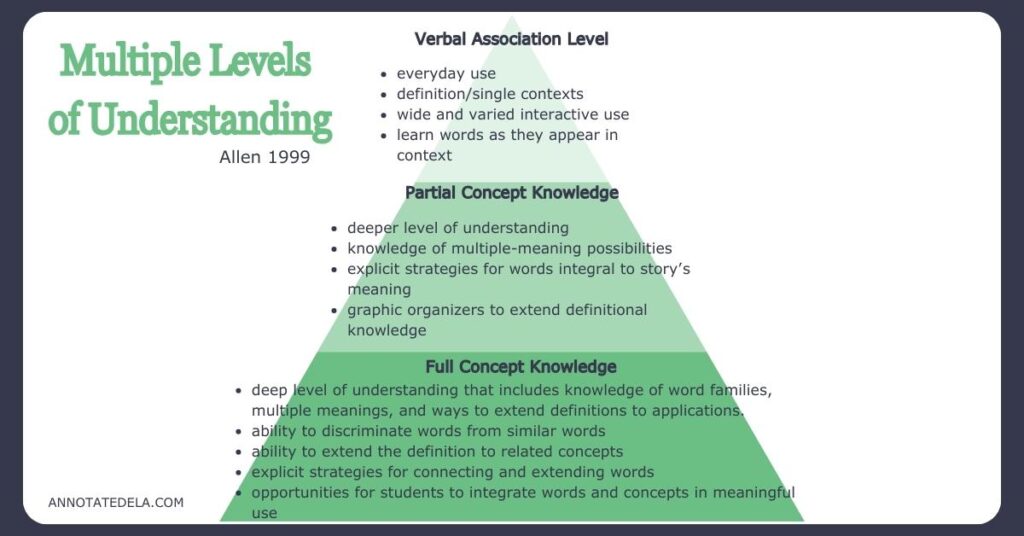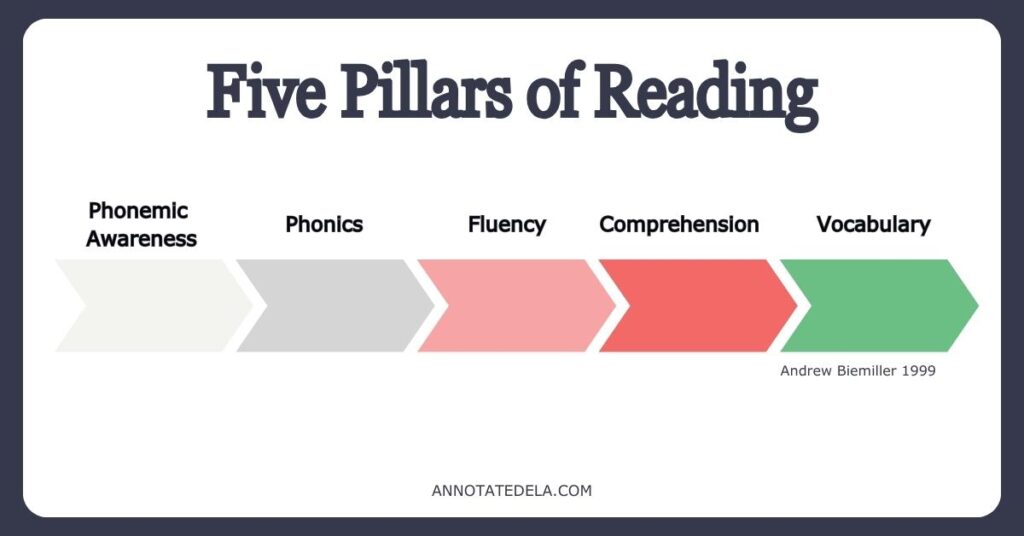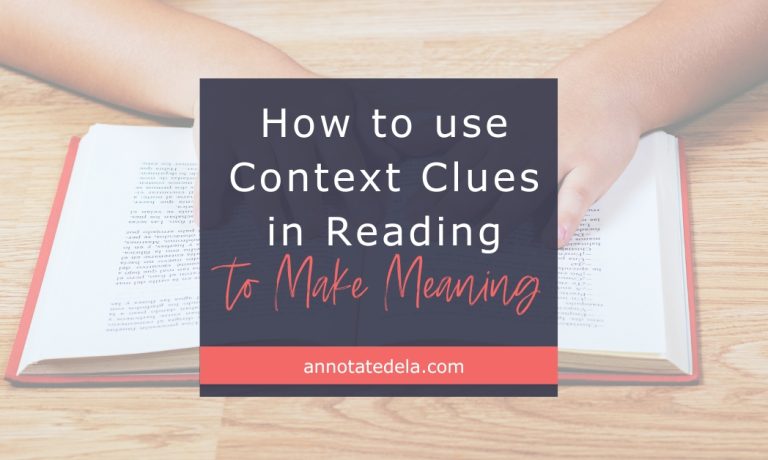“Use context clues in reading,” they say. “It will help,” they say. I don’t know about you, but the amount of times I have been told to have students use context clues in reading would make me a millionaire. And the amount of times I have used the phrase myself would double that fortune.
The problem was that my students didn’t know how to use context clues and I didn’t know how to help them!
Until now, with the help of the book Bringing Words to Life: Robust Vocabulary Instruction. Let’s talk about all things context clues in reading: the good, the bad, and the not-so-pretty.
The Problem with Context Clues
Problem #1
Teaching students context clues in reading through made-up contexts.
- Contrasts
- Synonyms or appositives
The problem is that this type of practice rarely transfers to a natural context; one in which the students might actually see the word.
Problem #2
Teaching context in natural context.
Any reader can only reliably predict meaning from the most directive contexts. Meaning that unless the context is directly giving a definition or ideas of the definition, there is no reliable way to make meaning. Even for the most advanced reader.
The context clue in reading must be directly stated in the text.
Problem #3
When comparing how low-ability students used context as opposed to how high-ability students used context, context clues in reading left a gap.
Low-ability students tend to do the following when using context clues in reading:
- Limited use of context: students focus too narrowly on the context and fail to consider other key aspects needed to determine the meaning.
- Broad use of context: students use the entire context to determine the meaning of the word.
- Making meaning fit: students come up with a meaning and then develop a justification to accommodate the meaning.
All of this is to say that vocabulary instruction needs to focus on the process of learning new words and not the product of coming up with the word’s right meaning.

The Process of Using Context Clues in Reading
- The process starts with the teacher modeling how to consider what an unfamiliar word in context might mean. Then the teacher provides lots of opportunities for students to practice.
- Guide students to identify the key target words. Even if students do not come up with the correct meaning, look for students to place the word in the correct domain.
It is the hope that when students encounter the word again, they have background knowledge of it and will be able to build on what has been learned and get closer to the meaning.

Instructional Sequence to Use Context Clues in Reading
Step 1:
Read and paraphrase. The teacher can read and paraphrase. The student can read and paraphrase, or the teacher can read and the student can paraphrase. It is most important that the student has an understanding of what is happening in the text.
Step 2:
Establish meaning of the context. This is done to help students think about the meaning of the context and avoid narrowing their focus.
- The teacher can help students do this by asking:
“What’s being said?”
“What’s going on?”
“Tell us what those sentences are all about.”
These questions can themselves help students become sensitive to the connection between the context and the unfamiliar word.
Step 3:
Initial identification/rationale – the student is asked to provide an idea of what the unfamiliar word might mean and explain how the context supports the choice.
- If a student is unsuccessful the teacher may guide the students by returning to Step 2 and possibly pointing out specific context for the student. Then, asking the student to provide an idea of the meaning; it does not need to be an exact meaning.
Step 4:
Consider further possibilities – this is to help students examine more possibilities, and that it may not be necessary or possible to find one right meaning for every unfamiliar word.

Working with Students
The instructional process can be done with one student, a small group of students, or even the whole class.
The situation can dictate if all the steps in the process need to be followed. Or if only one or two steps need to be completed.
Working in small groups and as a whole class tends to enrich the process and provide many shades of meaning. This creates a word-rich environment.
Ideas to support student’s abilities to develop meanings of words from natural contexts:
- Students may begin making sense of unfamiliar words through a limited-use of context, a broad use of context, or making a rationale that fits their meaning of the word.
- Natural contexts are unpredictable and do not act in a prescribed way. Natural contexts may provide lots of information or little information that helps determine the meaning of the word.
- The unreliability of natural contexts means that instruction needs to focus on the process of finding meaning in the context. Not focusing on the meaning of the word – the product.
- Always start with students paraphrasing what is happening or going on in the text. Then ask students what the word might mean.




2 Responses